Retro Review: De Tomaso Pantera
You know the Lamborghini Countach. You know the Ferrari GT4. But do you know the De Tomaso Pantera? We take a look back at this outstanding, yet unsung, Italian classic.
All the Cachet “Vintage” Can Buy
Sometimes, just labeling something as vintage or premium or exclusive enhances the experience buyers have with it. They will also pay more for it, sometimes a lot more. So the story goes, when asked how the company could get away with charging double the price for a can of soda that was 50% smaller than average, Red Bull founder Dieterich Mateschitz explained their premium pricing, “How else would people know it’s a premium product?”
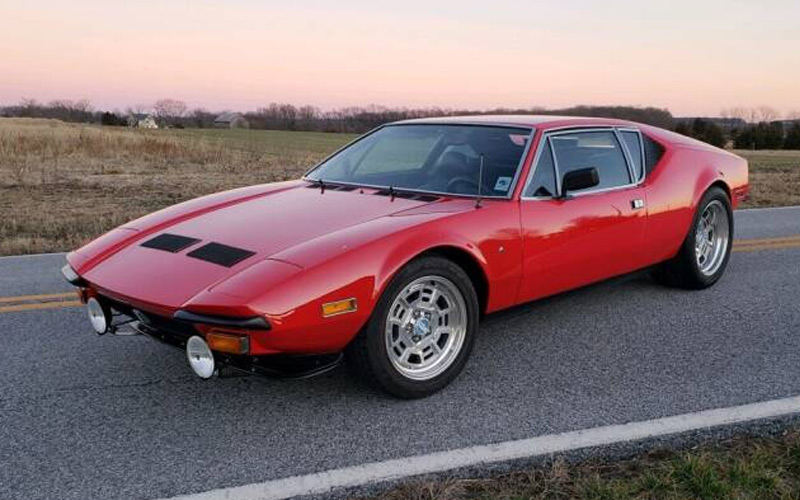
1972 De Tomaso Pantera – carsforsale.com | Shop De Tomaso Pantera on Carsforsale.com
The allure of Italian sports cars of the 1970s and 1980s was directly proportional to their exclusivity. The more expensive, the more exciting. So, it was something of a gambit for Italian car company De Tomaso to sell their latest mid-engine sports car alongside Lincolns and Mercurys and at a fraction of the cost of a Lamborghini or Ferrari.
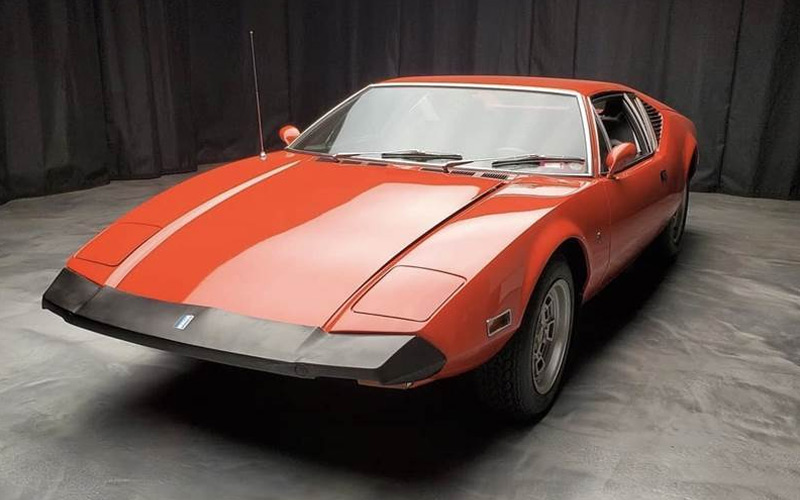
But the De Tomaso Pantera looked like an Italian supercar, sounded like a vaguely Americanized version of an Italian supercar (more on that in a bit), and definitely drove like an Italian supercar, and all for under $10,000 in 1971. Today, as other classic Italian sports cars balloon in price, collectors and enthusiasts are rediscovering the Pantera and all its vintage thrills.
Of Ranching and Racing
The story of the Pantera begins not in Italy but in Argentina with the birth of Alejandro De Tomaso. The son of an Italian businessman and an Argentinian aristocratic mother, the young Alejandro grew up in a family of means. But Alejandro learned early what it took to manage a successful business. Following his father’s death, a fifteen-year old Alejandro was given charge of one of the family’s ranches. He not only succeeded in the business of ranching but in auto racing.
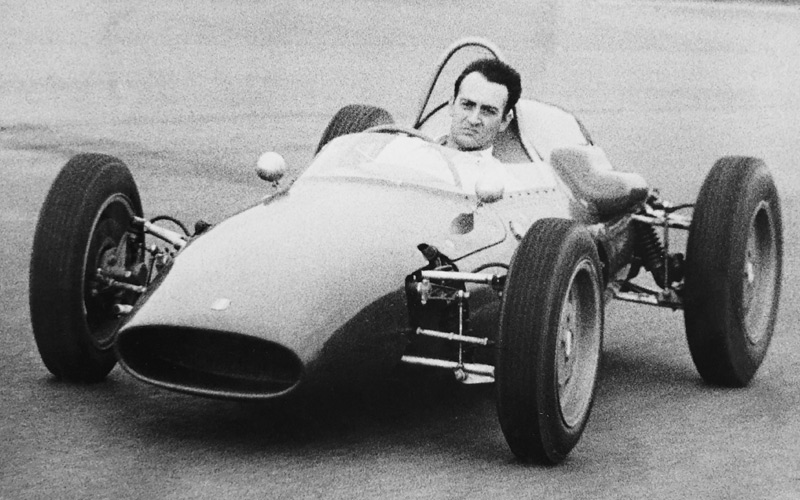
His interest in politics however, proved just as pivotal as his love of cars. In 1955, Alejandro helped formulate and publish the newspaper Clarin, which spoke out against the Argentine dictator Juan Peron. Fearing imprisonment, Alejandro De Tomaso fled to Italy.
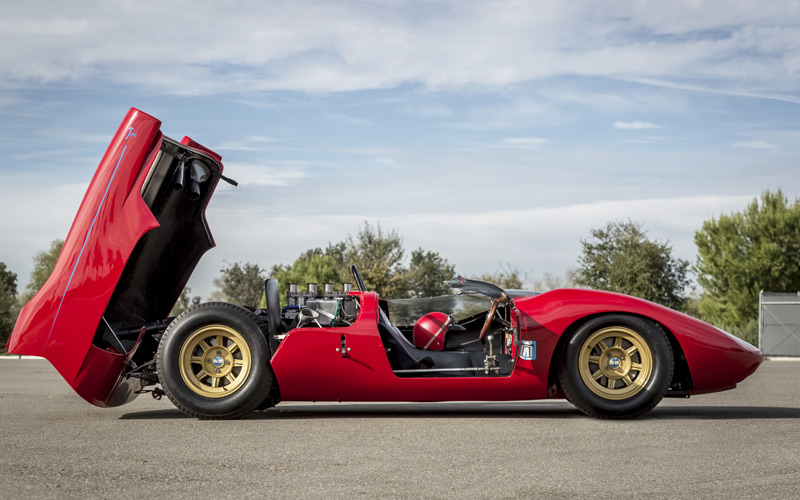
There, bereft of his family’s fortune, he began working for Maserati as race car driver. By 1959, he had started his own car company, focused originally on building race cars. One car of note was the P70 project of 1965, designed with help from none other than Carroll Shelby. Despite their mutual love of racing, the pair didn’t work well together, and Shelby departed for the greener pastures of Ford’s GT project.
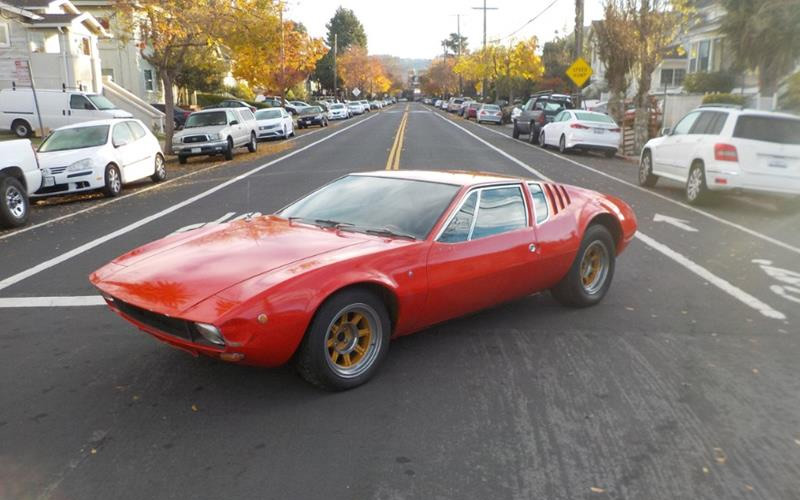
De Tomaso had already branched out into road cars and their second (after the under powered Vallelunga) as dubbed the Mangutsa in 1967. Though years later, it was clear Alejandro still held a grudge over Shelby’s abrupt departure from the P70 project. That’s because Mangusta is Italian for mongoose, and for those of you familiar with Rikki-tikki-tavi, you’ll recall the mongoose’s favorite prey is the cobra.
A Panther With the Heart of a Mustang
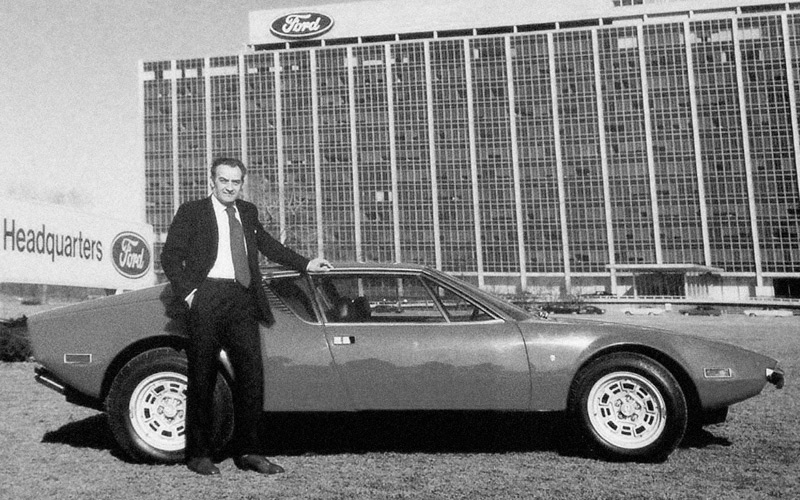
In 1970, De Tomaso debuted its successor to the Mangusta, the Pantera (Italian for panther) at the New York Auto Show. Like the Vallelunga and Mangusta before it, the Pantera was a mid-engine, rear-wheel drive sports car built to take on both American muscle cars and Italian supercars. And it was well-equipped to do so. The body design came from Ghia’s Tom Tjaarda, the steel monocoque chassis was designed by Gian Paolo Dollara (who’d worked on both the Lamborghini Espada and Muira), and the engine was Ford’s 351 Cleveland V8.
That Cleveland V8 was paired with a five-speed ZF transaxle controlled with a gated shifter that is almost universally hailed as the Pantera’s most winning attribute. The Pantera also came with four-wheel disc brakes and manual rack and pinion steering. The latter, along with a heavy clutch pedal, meant driving the Pantera was equal parts effortful and rewarding. The 5.8L engine produced an impressive 355hp, making the Pantera capable of a 0-60 time of 5.5 seconds, a 1/4 -mile of 13 seconds, and a top speed of 159mph.
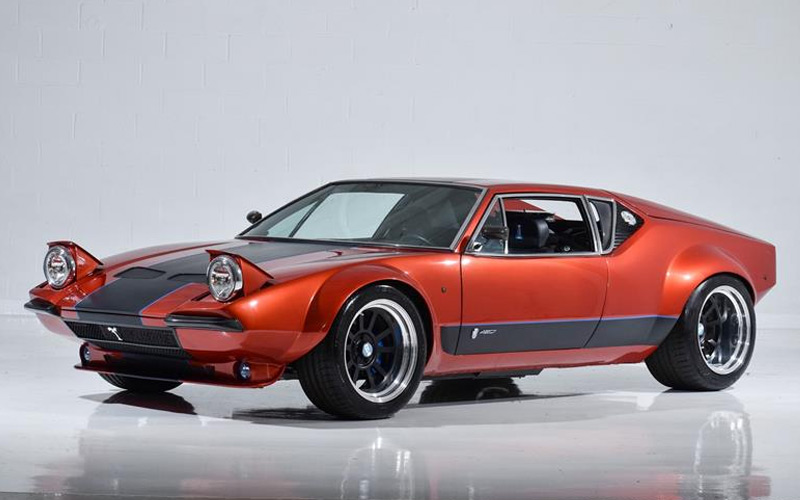
The use of the 351 Cleveland wasn’t the only deal De Tomaso had with Ford for the Pantera. De Tomaso also made a deal with Ford to sell Panteras in the US through Ford’s Lincoln-Mercury dealerships. And, starting in 1971, that’s just what they did. Between 1972 and 1974 De Tomaso moved a total of 5,244 Pantera’s in the US. Early Panteras were known for their Italian style and American power but also for rust problems and frequent overheating.
From Big Three to Boutique
In 1974, De Tomaso introduced the Pantera GTS which added a sport steering wheel, Campagnolo racing wheels, a blacked-out hood and rear deck, and GTS badging. The US version, sadly, did not get the higher compression version of the V8 that the European Pantera GTSs received.
By 1975, Ford decided to part ways with De Tomaso and the Pantera, having sold over 5,500 units. Despite more limited sales opportunities and lower production numbers, De Tomaso continued to improve upon the Pantera, further refining the car for another eighteen years.
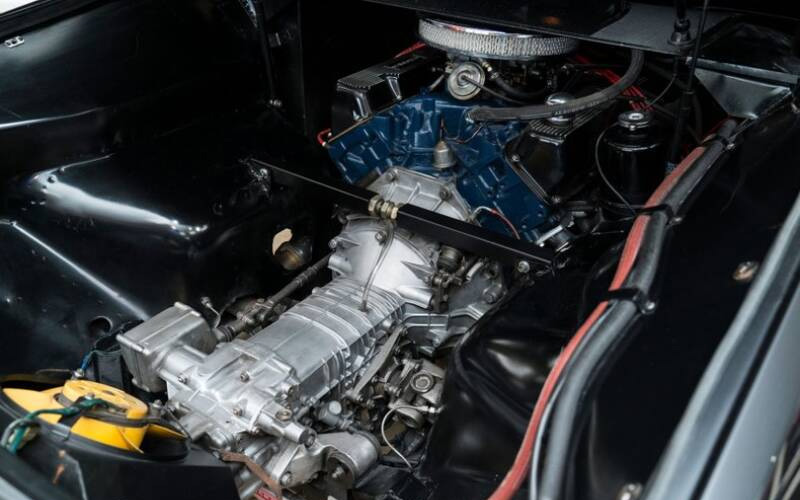
This wasn’t always easy, however. Ford had also discontinued the 351 Cleveland engine in the US in 1974. This forced De Tomaso to source their 351’s from Ford Australia, until they too ceased production in 1982. Luckily, there were enough Cleveland V8s knocking around Australia to meet De Tomaso’s needs through 1988.
Looking the Part of an 80s Supercar
Back in the early 80s, the Pantera had seen numerous changes including a major overhaul to the chassis of the car. 1980 also saw the introduction of the GT5 which added a new, “modern” look to the Pantera with fiberglass wheel arches, a front spoiler, and a prominent, Lamboesque wing. A few years later, in 1984, the GT5 S was introduced. The “S” in the name stood for steel as many of the fiberglass body panels had been replaced with steel ones, including the wheel arches, which also got wider, and front air-dam, which got smaller.
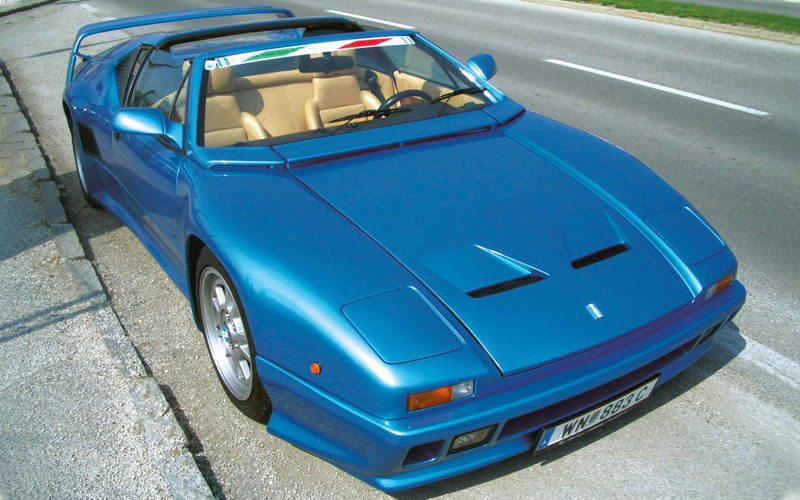
The final major update to the Pantera came in 1990 with the Pantera Si. The Si finally gave the Pantera a different displacement when a new 5.0L 302 V8 was adopted. New ventilated disc brakes and Brembo calipers were also added. The body was also updated, with stronger hood lines and a revised nose that almost completely eliminated the original wedge-shaped front end.
Your Next Project Could Be Mid-Engine
By 1993, the Pantera had seen its day come and go, with only 40 of the Si version ever produced. That year De Tomaso discontinued the Pantera in favor of their new car, the Guara, the last of their cars to have Alejandro De Tomaso’s direct involvement.
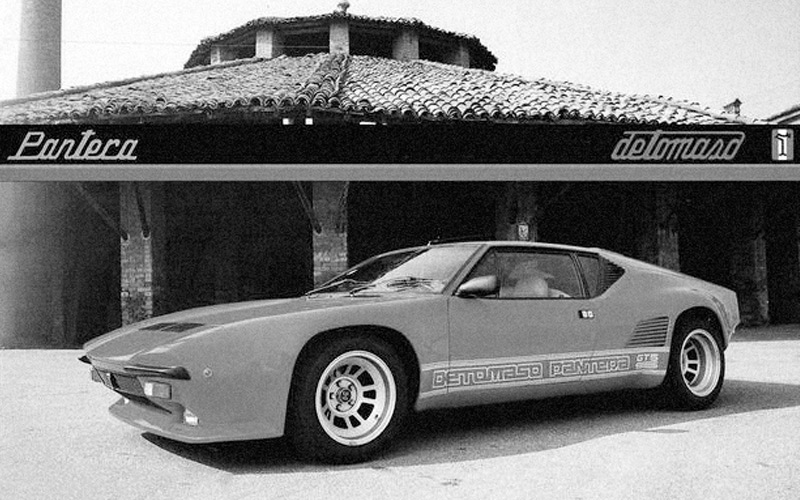
De Tomaso Pantera GT5-S – detomaso-automobili.com | Shop De Tomaso Pantera on Carsforsale.com
The Pantera has recently seen an uptick in interest from collectors thanks to its combination of classic 1970s Italian styling, dark horse street cred, and market accessibility. Today, just as it was when it was new, you can get into a Pantera for a fraction of what it cost for a Ferrari or Lamborghini of similar vintage. The real bonus is that old 351 Cleveland and the excellent availability of parts for repairing and upgrading a 40+year old Pantera. Unlike a Countach, an early 1970s Pantera can be a legitimate project car for those with the know-how.


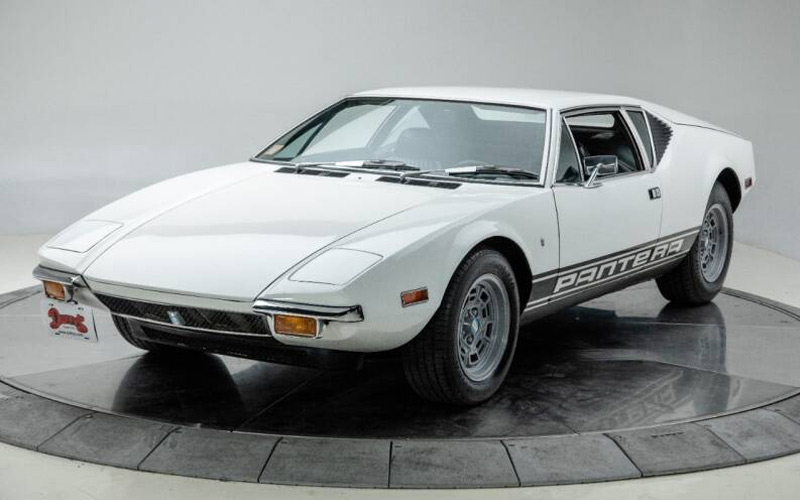
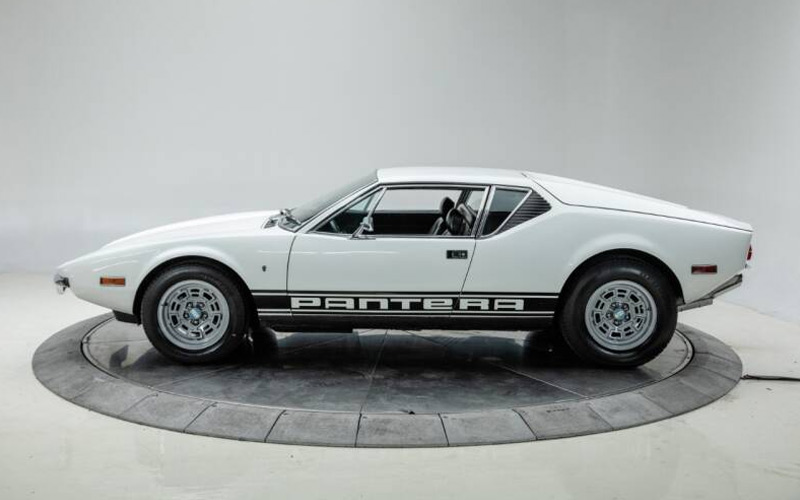
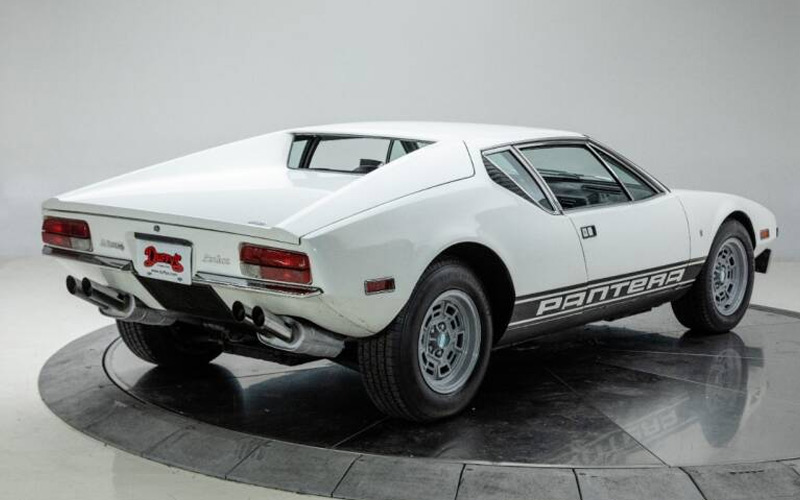
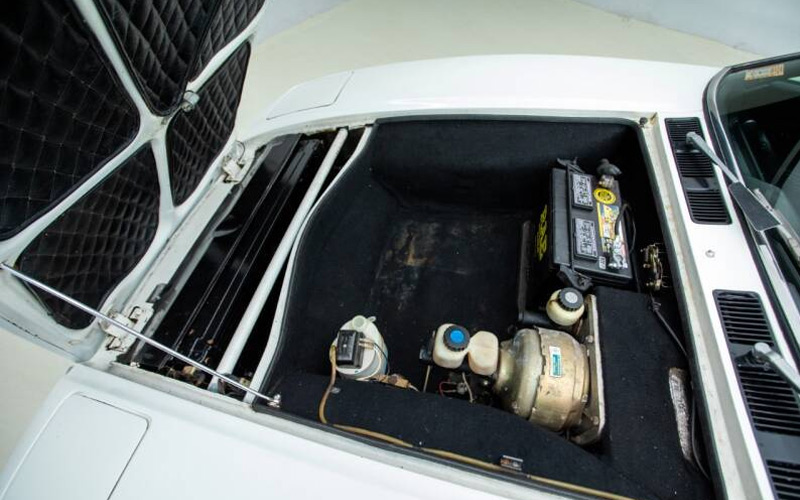
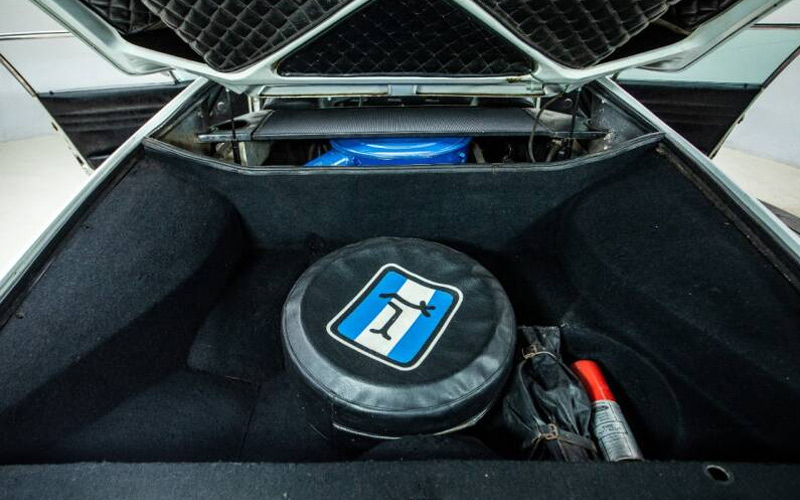
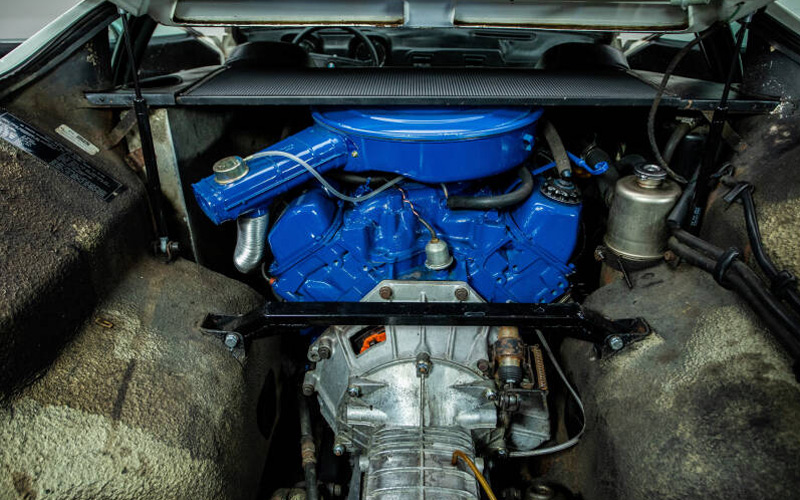
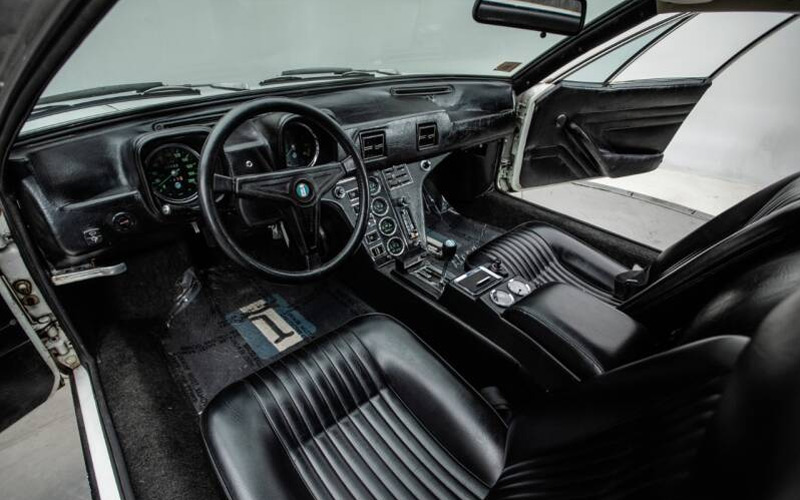
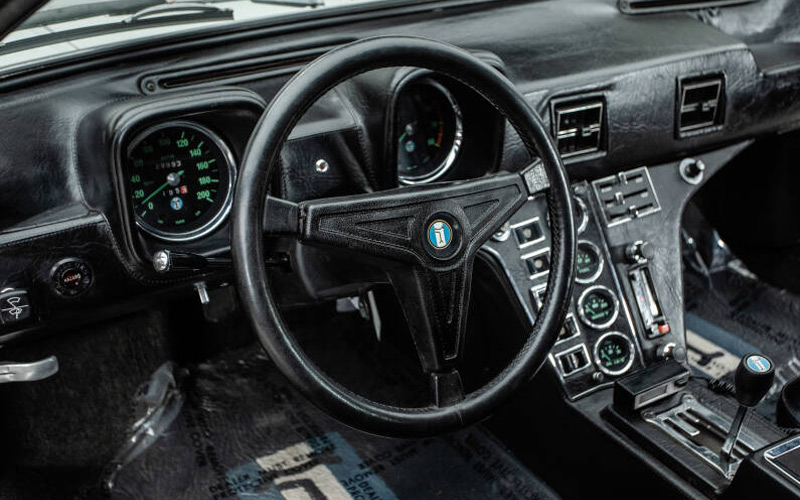
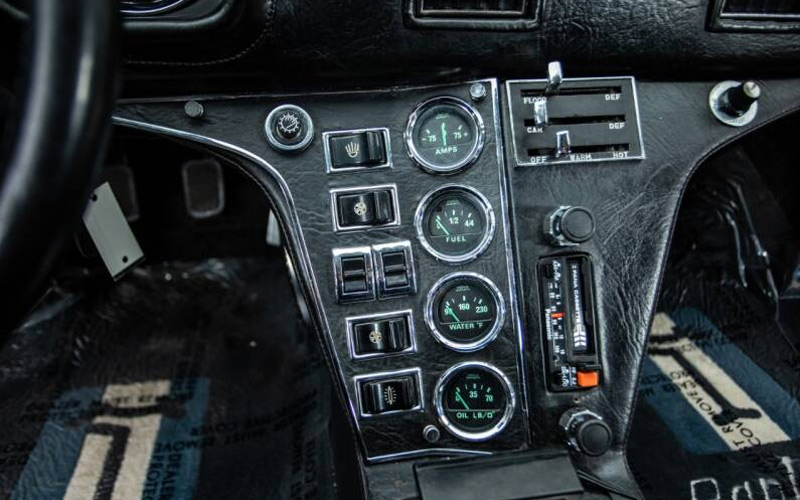
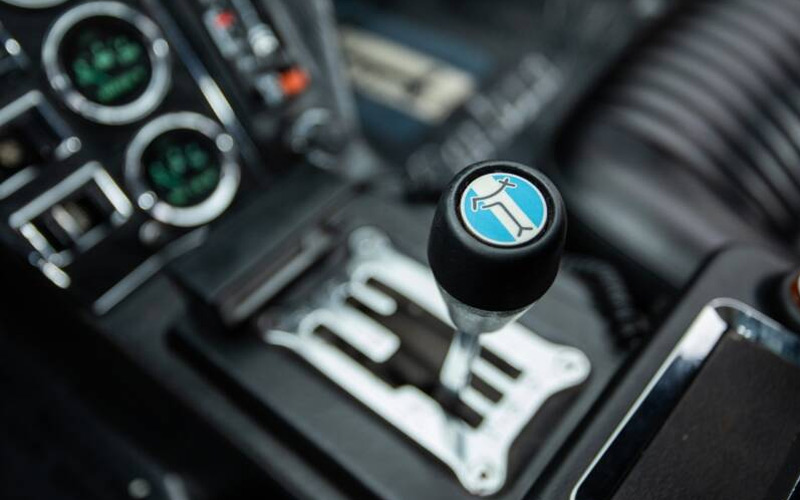
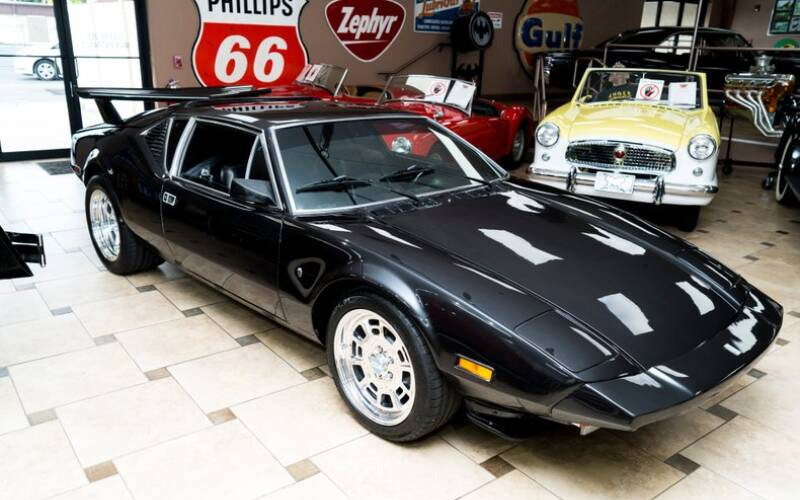
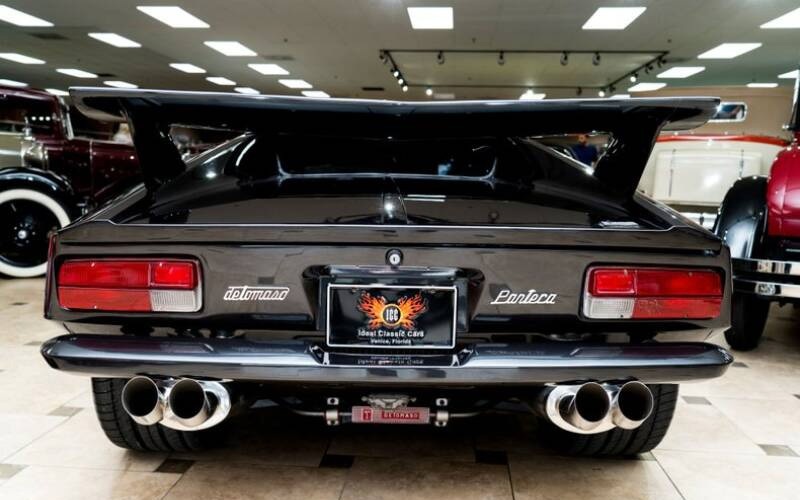
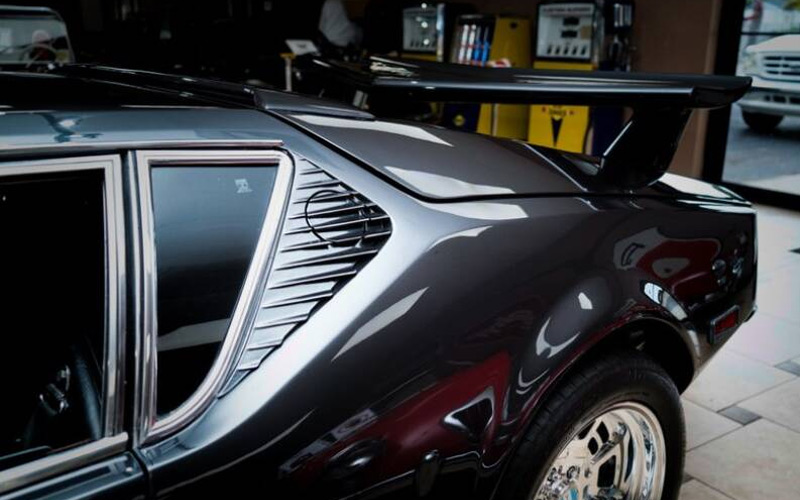
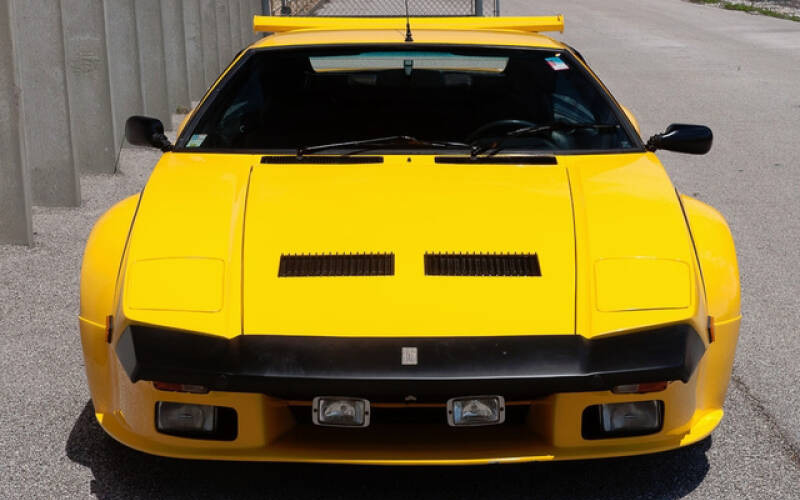
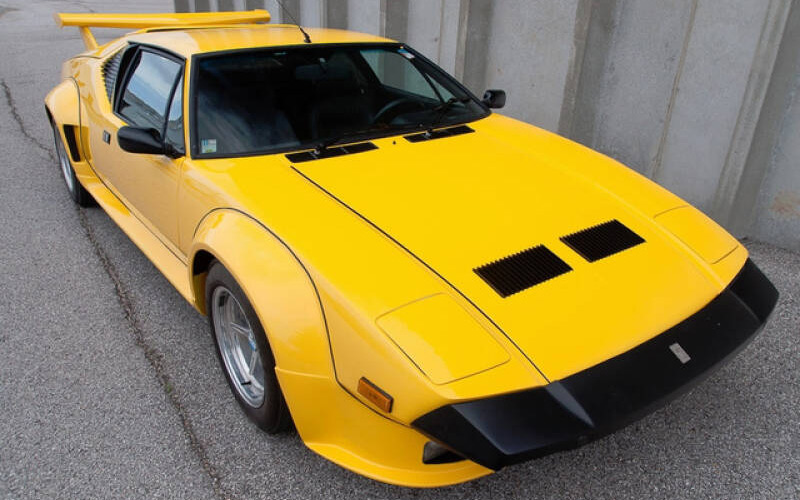
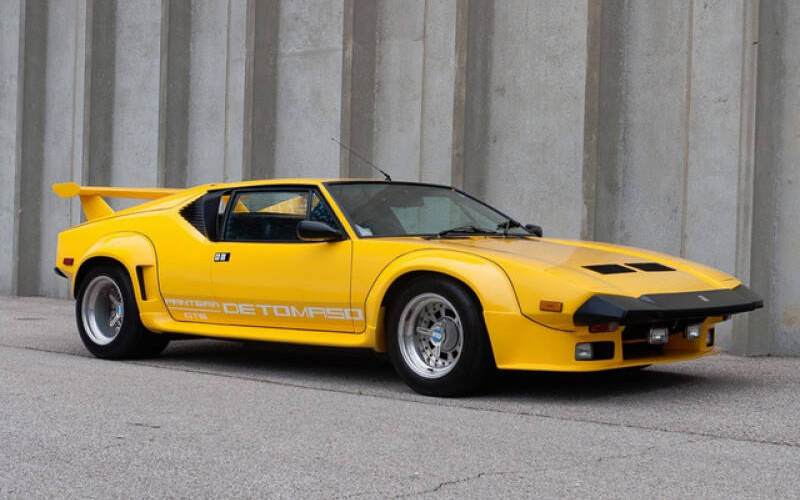
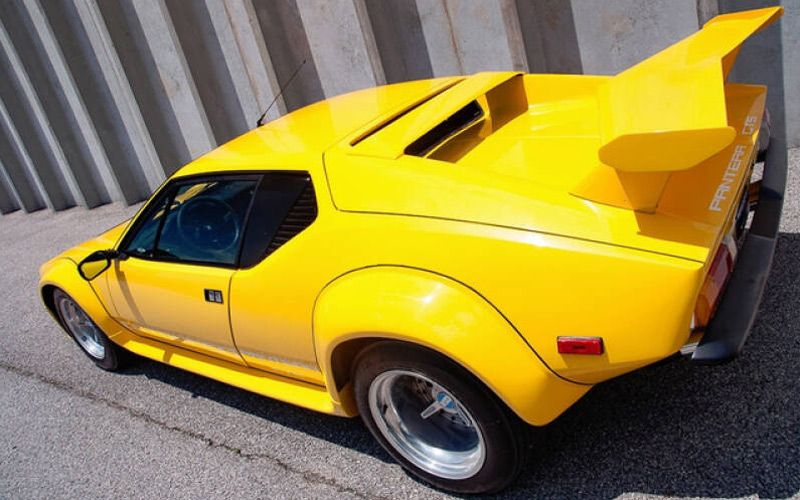
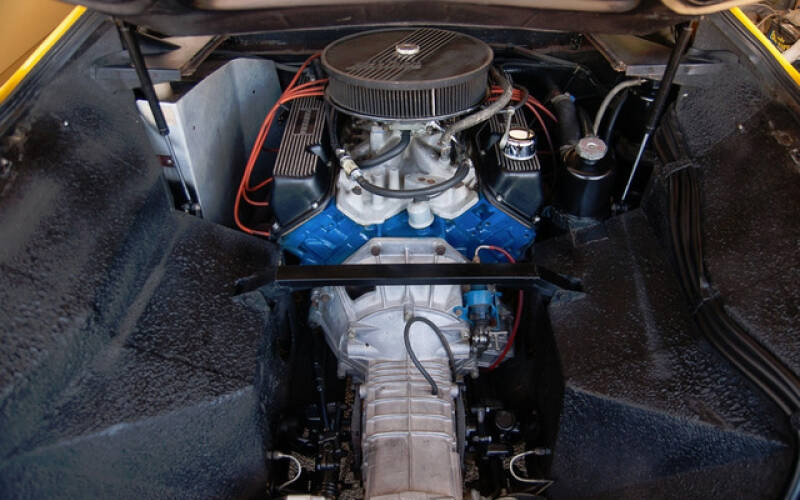
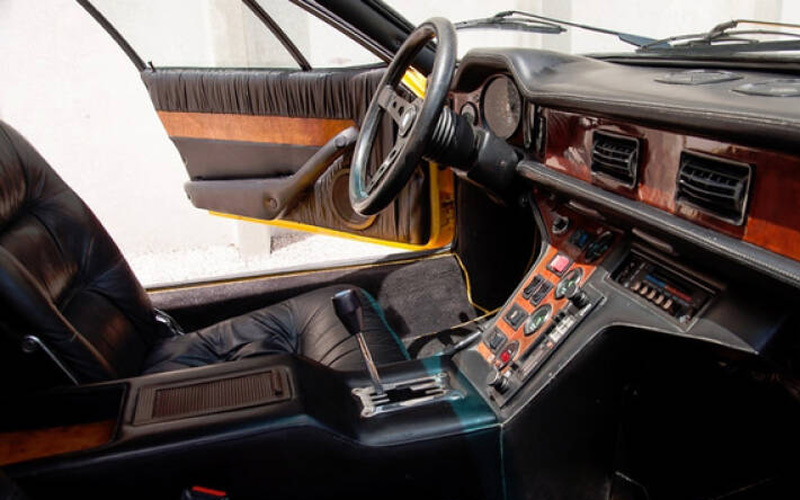
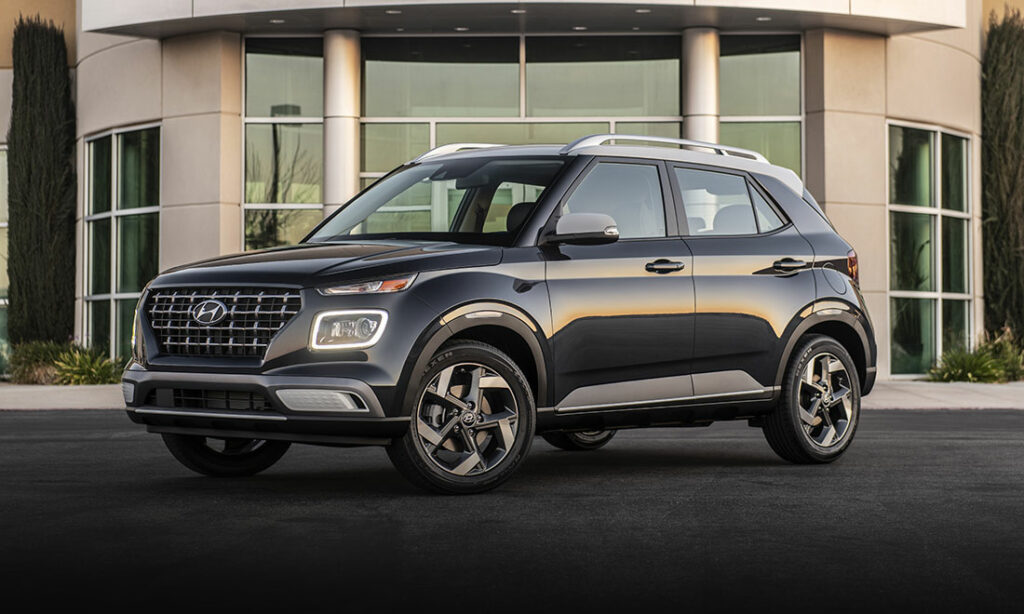
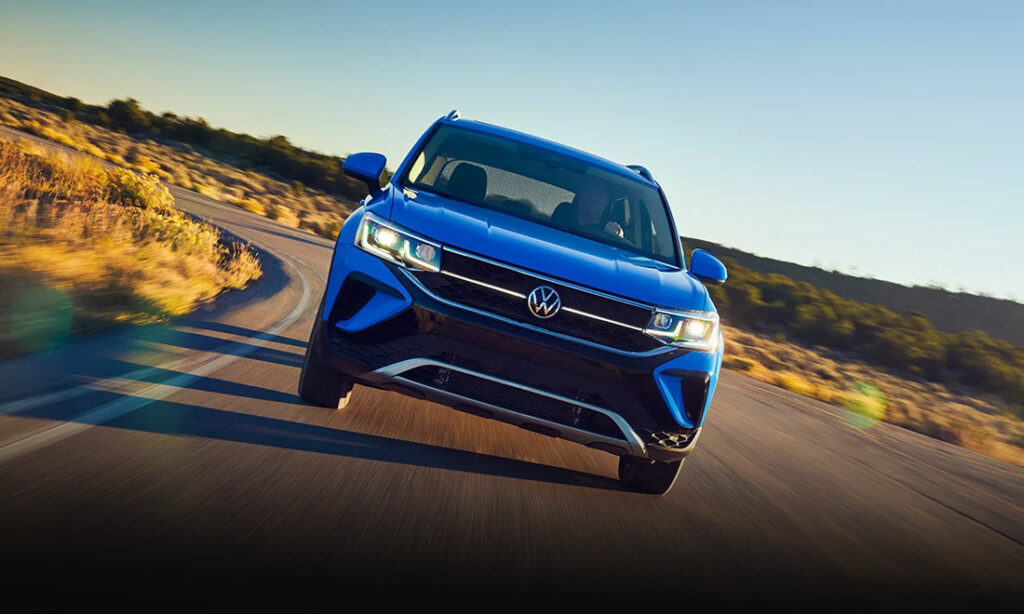
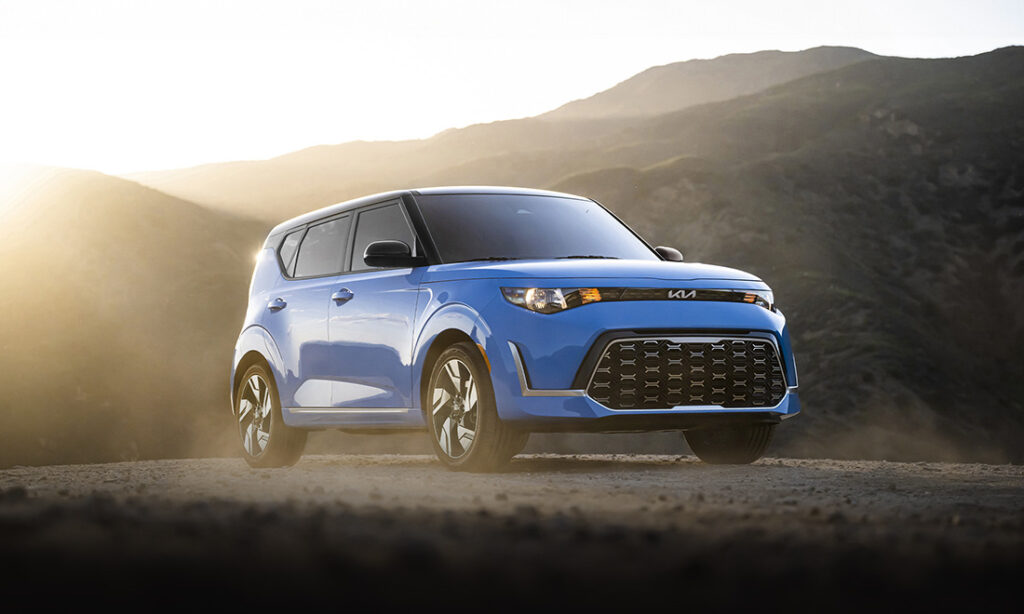
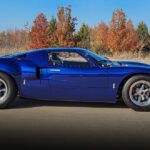









As a longtime Pantera owner, I still think it’s aesthetically speaking, the best example of ’70’s Italian wedge design. It still looks contemporary next to it modern peers. and with a little work on the engine can put out modern supercar horsepower and torque. And the noise coming from a foot behind your head is intoxicating, sort of the F-type of its day. Every sports car enthusiast should at least drive one once to feel the thrill of being just a few inches off the ground while propelling this “missile” powered go cart.
This is so great, thanks for sharing Ted!
Is there one for dale
Hello Ed! You can browse some listings here: https://www.carsforsale.com/de-tomaso-for-sale-C136865